Filter by
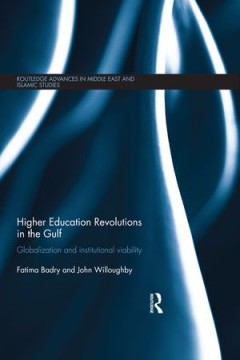
Higher Education Revolutions in the Gulf : Globalization and Institutional Vi…
Over the past quarter century, the people of the Arabian Peninsula have witnessed a revolutionary transformation in higher education. In 1990, there were fewer than ten public universities that offered their Arabic-language curricula in sex-segregated settings to national citizens only. In 2015, there are more than one hundred public, semi-public, and private colleges and universities. Most of …
- Edition
- 1st Edition
- ISBN/ISSN
- 9781134450121
- Collation
- -
- Series Title
- -
- Call Number
- 378 BAD h

Higher education ICT integration in Africa: readiness, implementation and tra…
- Edition
- -
- ISBN/ISSN
- 9781003394877
- Collation
- -
- Series Title
- -
- Call Number
- -
- Edition
- -
- ISBN/ISSN
- 9781003394877
- Collation
- -
- Series Title
- -
- Call Number
- -
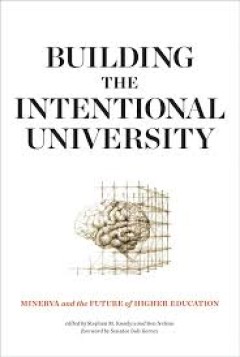
Building the intentional university :Minerva and the future of higher education
Includes index."We start with a simple question: If you could reinvent higher education for the 21st century, what should it look like? We began by taking a hard look at problems in traditional higher education, and innovated in many ways to address these problems head-on: We have created a new curriculum, focusing on what we call "practical knowledge"; we have developed new pedagogy, based on …
- Edition
- -
- ISBN/ISSN
- 9780262343695
- Collation
- 1 online resource
- Series Title
- -
- Call Number
- -
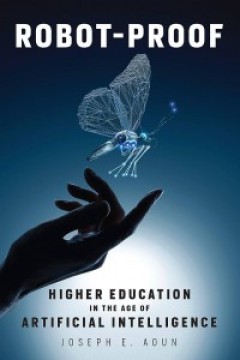
Robot-proof :higher education in the age of artificial intelligence
"How to educate the next generation of college students to invent, to create, and to discover--filling needs that even the most sophisticated robot cannot. Driverless cars are hitting the road, powered by artificial intelligence. Robots can climb stairs, open doors, win Jeopardy, analyze stocks, work in factories, find parking spaces, advise oncologists. In the past, automation was considered a…
- Edition
- -
- ISBN/ISSN
- 9780262344319
- Collation
- 1 online resource (xxi, 187 pages)
- Series Title
- -
- Call Number
- -
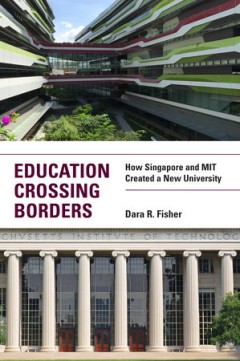
Education crossing borders :how Singapore and MIT created a new university
"The book chronicles the history of the collaborative partnership between MIT and the Singapore Ministry of Education to create the Singapore University of Technology and Design (SUTD), the country's fourth public university. Fisher describes how MIT faculty communicated the practices and identity of the Institute as they developed and executed the vision for SUTD, and how local actors at the u…
- Edition
- -
- ISBN/ISSN
- 0262358697
- Collation
- 1 online resource.
- Series Title
- -
- Call Number
- -

The war on learning : gaining ground in the digital university
Behind the lectern stands the professor, deploying course management systems, online quizzes, wireless clickers, PowerPoint slides, podcasts, and plagiarism-detection software. In the seats are the students, armed with smartphones, laptops, tablets, music players, and social networking. Although these two forces seem poised to do battle with each other, they are really both taking part in a war…
- Edition
- -
- ISBN/ISSN
- 9780262323253
- Collation
- 1 online resource (xi, 302 pages) :illustrations
- Series Title
- -
- Call Number
- -
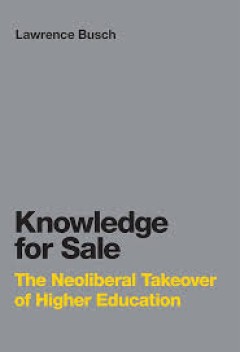
Knowledge for sale :the neoliberal takeover of higher education
How free-market fundamentalists have shifted the focus of higher education to competition, metrics, consumer demand, and return on investment, and why we should change this.A new philosophy of higher education has taken hold in institutions around the world. Its supporters disavow the pursuit of knowledge for its own sake and argue that the only knowledge worth pursuing is that with more or les…
- Edition
- First English language edition.
- ISBN/ISSN
- 9780262339452
- Collation
- 1 online resource (xviii, 155 pages cm.)
- Series Title
- -
- Call Number
- -
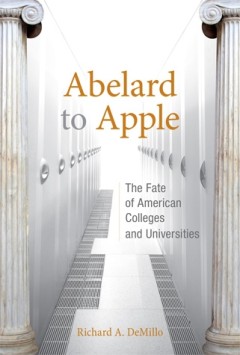
Abelard to Apple: The Fate of American Colleges and Universities
How institutions of higher learning can rescue themselves from irrelevance and marginalization in the age of iTunes U and YouTube EDU.The vast majority of American college students attend two thousand or so private and public institutions that might be described as the Middle--reputable educational institutions, but not considered equal to the elite and entrenched upper echelon of the Ivy Leagu…
- Edition
- -
- ISBN/ISSN
- 9780262298506
- Collation
- 1 online resource (xviii, 320 pages) :illustrations
- Series Title
- -
- Call Number
- -

Academic star wars :excellence initiatives in global perspective
"This book collects case studies on academic excellence initiatives in nine countries, and provide an analysis of how these initiatives shape higher education within national and international systems. This book updates and expands Altbach & Salmi's 2011 work on AEIs and the political economy of higher education"--OCLC-licensed vendor bibliographic record.
- Edition
- -
- ISBN/ISSN
- 9780262376693
- Collation
- 1 online resource
- Series Title
- -
- Call Number
- -

The abundant university :remaking higher education for a digital world
"Digital technologies are making the scarcities on which higher education is based disappear. Smith outlines how universities can take advantage of educational abundance to create a system that is more fair and just"--OCLC-licensed vendor bibliographic record.
- Edition
- -
- ISBN/ISSN
- 9780262376341
- Collation
- 1 online resource
- Series Title
- -
- Call Number
- -
 Computer Science, Information & General Works
Computer Science, Information & General Works  Philosophy & Psychology
Philosophy & Psychology  Religion
Religion  Social Sciences
Social Sciences  Language
Language  Pure Science
Pure Science  Applied Sciences
Applied Sciences  Art & Recreation
Art & Recreation  Literature
Literature  History & Geography
History & Geography